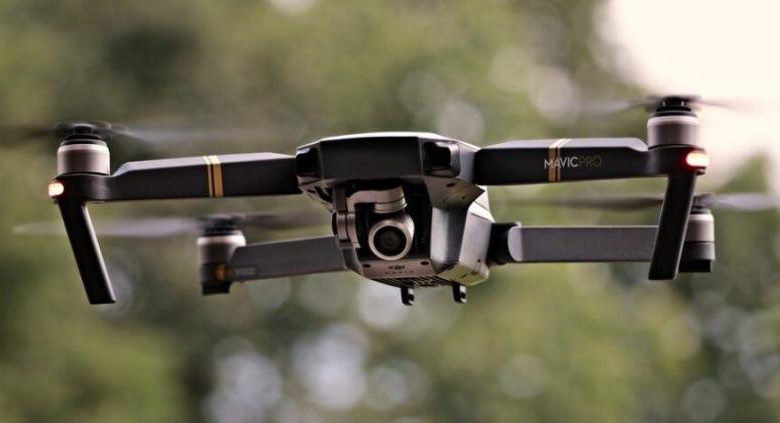A Beginner’s Guide to Drones Educational Value

A Beginner’s Guide to Drones: Exploring Their Educational Value
Introduction
Drones, also known as unmanned aerial vehicles (UAVs), are increasingly becoming popular for recreational purposes. However, their educational value is often overlooked. In this beginner’s guide, we will delve into the educational benefits of drones and how they can enhance learning in various fields.
The Educational Value of Drones
1. STEM Education
Drones provide an excellent platform for teaching science, technology, engineering, and mathematics (STEM) concepts. Students can learn the principles of physics, aerodynamics, and engineering by building, programming, and flying drones. This hands-on approach engages students, fosters critical thinking, and hones their problem-solving skills.
2. Geography and Mapping
Drones equipped with cameras and GPS technology make geographical exploration and mapping more accessible and affordable. Students can learn about topography, landforms, and ecosystems by capturing high-resolution images and creating detailed maps. This not only enhances their understanding but also allows them to analyze and interpret spatial data.
3. Environmental Studies
Drones play a crucial role in studying and monitoring the environment. They enable researchers and students to conduct aerial surveys, collect data on wildlife populations, analyze vegetation patterns, and monitor pollution levels. By utilizing drone technology, students can actively contribute to environmental research and develop a deeper understanding of ecological systems.
4. Photography and Videography
Drones equipped with cameras offer a unique perspective for photography and videography. Students can learn essential photography skills, such as composition and framing, while capturing breathtaking aerial shots. These visual storytelling abilities can be applied to documentaries, digital storytelling projects, or even journalism, allowing students to express their creativity.
FAQs about Drones and their Educational Value
Q1. Are drones suitable for all age groups?
Yes, drones cater to different age groups, with varying levels of complexity and functionality. There are drones designed for children, beginners, and advanced users, ensuring that everyone can benefit from their educational value.
Q2. Is drone usage regulated?
Yes, drone usage is regulated by aviation authorities in many countries. It is essential to comply with local regulations and obtain necessary permits or licenses before flying drones for educational purposes. Always prioritize safety and follow guidelines provided by authorities.
Q3. How can I incorporate drones into my classroom?
There are several ways to incorporate drones into the classroom. Consider integrating them into STEM lessons, geography or environmental studies, photography or videography classes, or even organizing drone-building competitions. Collaborate with local drone enthusiasts or organizations that offer drone education programs to explore more possibilities.
Conclusion
Drones provide an exciting and innovative way to engage students in learning. By exploring their educational value, we can equip the next generation with skills needed in an increasingly technologically driven world. Whether it’s STEM education, geography and mapping, environmental studies, or creative pursuits like photography, drones offer endless educational possibilities. Embrace this technology and unlock an entirely new world of learning experiences for your students.
Remember, while enjoying the benefits of drones, it’s crucial to prioritize safety, respect privacy, and abide by local regulations. Happy droning and learning!
Now you have a comprehensive beginner’s guide to drones’ educational value. Embrace this technology and unlock an entirely new world of learning experiences for your students. Happy droning and learning!